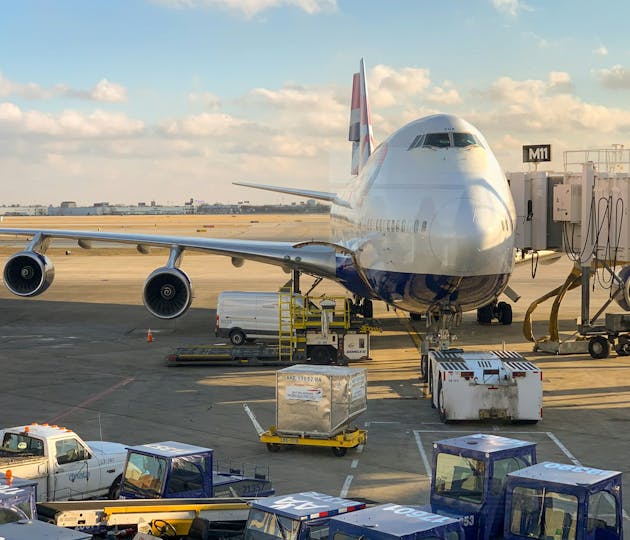Jan 14, 2026 Webinar | Global Supply Chain Architecture: Examining Red Sea’s Evolving Impact - Register Now

The Significant Cost of the Ultra Fast Fashion
Balancing Speed, Cost, and Sustainability in the Age of Shein and Temu
The world of fashion has witnessed a dramatic shift in recent years. The rise of ultra fast fashion giants like Shein and Temu has redefined consumer expectations for speed and affordability. These companies pride themselves on delivering trendy clothing at breakneck speeds, often within days of ordering. However, this relentless pursuit of pace comes at a significant cost.
This article is contributed by Marie Paternostre, Strategic Account Executive in Retail and Food & Beverage at Wakeo.
How Air Freight Fuels Ultra Fast Fashion
Shein and Temu have shockwaved the fashion industry by capitalizing on a consumer desire for instant gratification. Their business models hinge on a highly agile supply chain fueled by air freight. This mode of transportation allows them to quickly move vast quantities of clothing from production facilities in Asia to customers worldwide.

Every day, Temu ships approximately 4,000 metric tonnes, Shein 5,000 metric tonnes, Alibaba.com 1,000 metric tonnes, and TikTok 800 metric tonnes via air freight. This collectively amounts to roughly the cargo capacity of 108 Boeing 777 freighters a day.
However, air freight comes with a dramatic environmental price tag. Air cargo is responsible for roughly 2.4% of global CO2 emissions, and this number is projected to grow significantly in the coming years. These emissions have a disproportionate impact on the environment due to the release of pollutants like nitrogen oxides at high altitudes, further contributing to global warming.
Along with the environmental cost, air freight is also the most expensive mode of transportation. Air freight costs can be 12 to 35 times higher than sea freight per unit of cargo.
Re-engineering the Supply Chain for Sustainability and Cost
Facing the growing pressure to balance speed, cost, and sustainability, several fashion brands are exploring ways to re-engineer their supply chains as their first move towards a more sustainable supply chain.
Regional Warehouses
Establishing warehouses closer to major consumer markets in the US and Europe would significantly reduce reliance on air freight for final delivery. Setting up regional warehouses can reduce delivery lead times by up to 50% for certain products. This approach allows for faster ground transportation within regions, lowering emissions and potentially reducing costs.
Sea-Air Freight Integration
Combining sea and air freight presents a relatively more balanced solution. This method involves using sea freight for bulkier, less time-sensitive shipments, while reserving air freight for urgent or high-demand items. Such a hybrid approach optimizes both cost and delivery times.
Kuehne + Nagel has observed a 25-30% increase in demand for sea-air transport. An illustrative example of sea-air freight is transporting goods from Asia to Jebel Ali via maritime shipping and transferring them to Europe using air freight via Dubai.
Shein's case demonstrates a potential use case of this integration. Over the past two years, their ocean shipments of apparel have soared, increasing by over 2,000%. The volume imported in bulk on container ships has risen significantly from 141,695 kg in 2021 to surpass 6.8 million pounds in 2023.
Taking One More Step
Yet, consumers are increasingly demanding more sustainable practices from the fashion industry, and sea-air integration is just the very first move to limit the significant use of air freight.
Indeed, a truly sustainable future for fashion requires a shift in consumer mindset as well. Fashion companies have a responsibility to inform their customers about the environmental impact associated with extreme speed. Transparency about production processes and shipping options can empower consumers to make more informed choices. By understanding the hidden costs of instant shipment, customers can embrace a more balanced approach to fashion consumption, where quality and longevity are valued alongside speed.
Thus, the sea-air approach represents a first step towards a more sustainable future but further innovations and industry-wide collaboration will be necessary to achieve lasting change.
These potential shifts highlight the need for greater supply chain agility and reliability.
